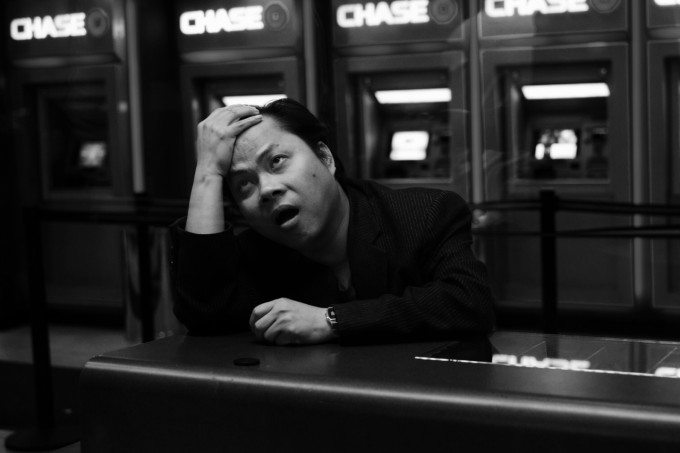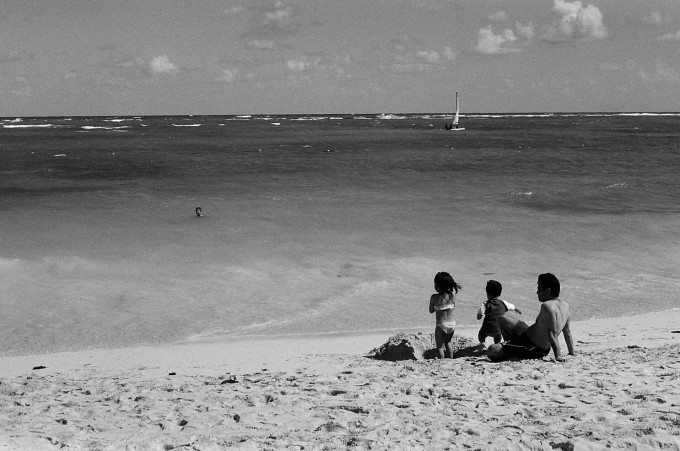
For a while now, I’ve been saying that I make photographs, but for a long time, particularly when I started, I’d say take, largely because I didn’t know what I was doing. At the beginning, I had no formal photographic education, and I had to learn the camera and the craft through trial and error. I was practicing image making, that is to say exposure, composition and other technical aspects. I was a machine operator, and with my machine, I took images, with no real intent or desire to give back because my images didn’t say anything.
Taking by definition is a one-way exchange. A person who takes does not give back. When I began photographing, I took all the time, and I was way too fascinated with shallow depth of field. If I could give myself credit for anything back then, it’s that I shot on film, something I’m only starting to get back into. There’s only one image worth its salt from my film days.

While this image may have value, it’s not one that I made. When I got the film back, I completely blew past this image. I didn’t recognize its quality until three years later, largely because I had neither the awareness nor the visual vocabulary to understand what I’d taken. Even now, I can’t readily articulate why it is that I like this image so much, but the fact remains that I took this image. I didn’t make it.
My first few years were preoccupied with the technical aspects of photography, so much so that I had no concept of what photography could do. I’ve since given up on that. Meaning and emotional resonance are what I focus on now. It’s when I learned about photography as a storytelling devices that I started to make photographs.
“To make a photograph is to get at emotion, whatever the situation calls for, whether it’s a news event, a personal project or anything else.”
Making a photograph, it should be said, isn’t just setting up the shoot. I’d say it’s not about that at all. It’s essential to have properly exposed images, but with enough practice, photographers internalize the mechanics of exposure. Quick adjustments are relegated to muscle memory. Making a photograph goes beyond that, for me at least.
To make a photograph is to get at emotion, whatever the situation calls for, whether it’s a news event, a personal project or anything else. One of the best ways to move from taking to making images is to look at the work of established photographers. There’s a reason why certain photographers’ works have entered public discourse. Take time to deconstruct images that resonate with you in order to figure out what it is that makes them so powerful and if you can incorporate it into your own work.
Another way to make the jump is to talk with other photographers. Find photographers whose work you admire and get in touch with them. Offer to buy them coffee, and then get a discussion going. Ask about their approach and how they negotiate emotional distance with their subjects. Ask if they could take a look at your work. Photography is largely a collaborative process. It’s essential to get feedback on your work.
A third way is to consciously make time to photograph each day or each week, and to heavily scrutinize your work. Be your harshest critic, and put your best work forward. What you put online determines how others think of you as a photographer. If your portfolio is a collection of scattershot images with no cohesion, people won’t know what to think of you. Specialization is key, and by focusing on a specific type of photography, you stand a better chance of making better images.
As photographers, true capital P photographers, we ought to make images that do more than just exist. We all have photographs that stick with us, whether they’re our own or others’, and those are photographs that are made, not taken.
Tourists take photographs. Photographers make photographs.

